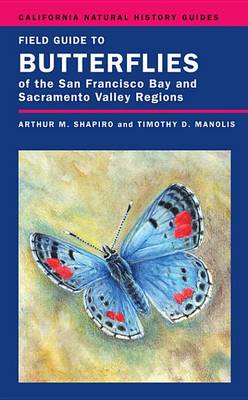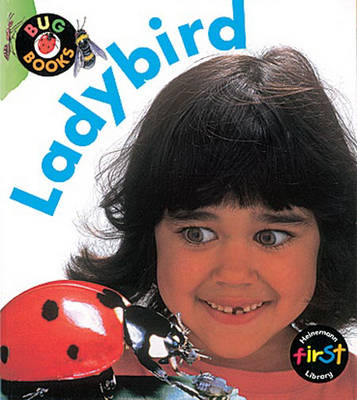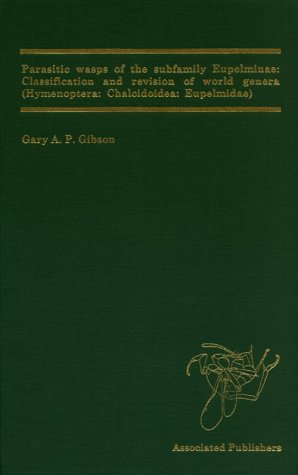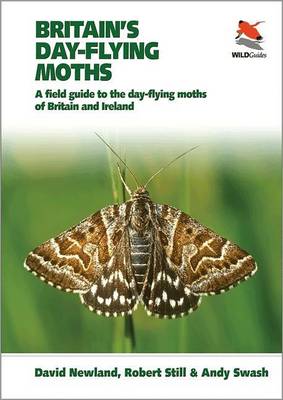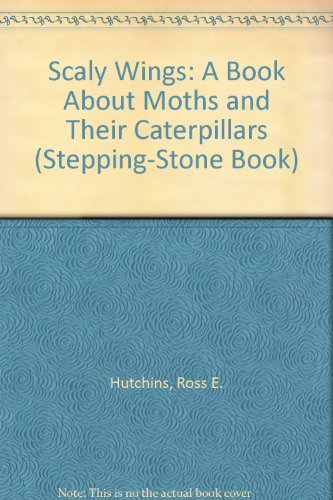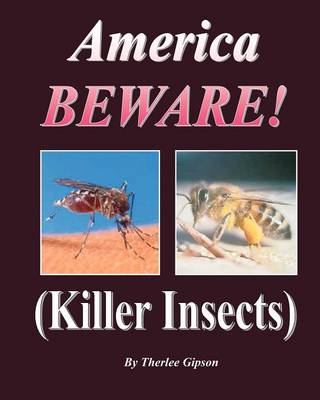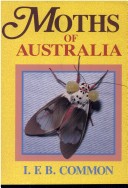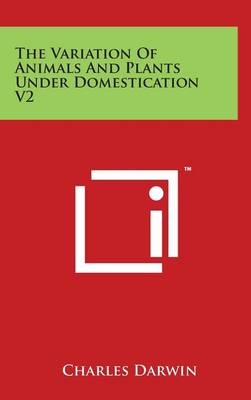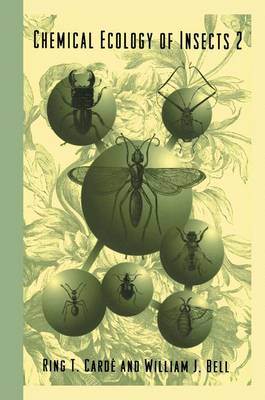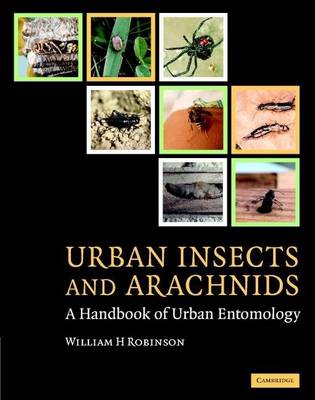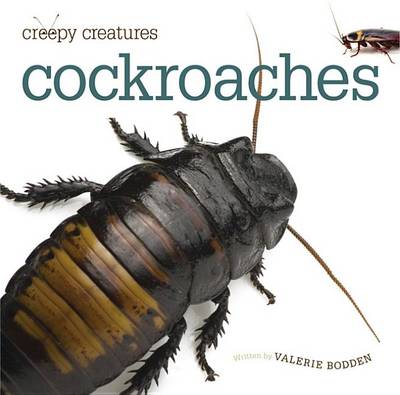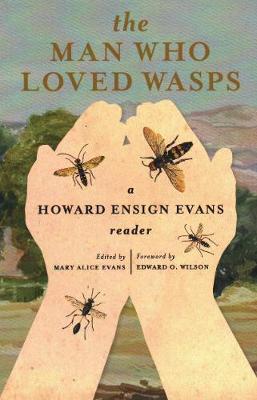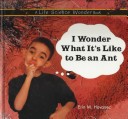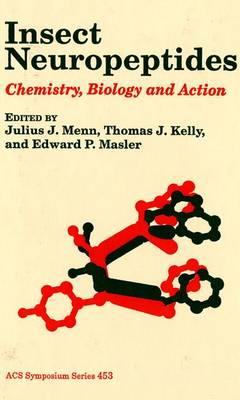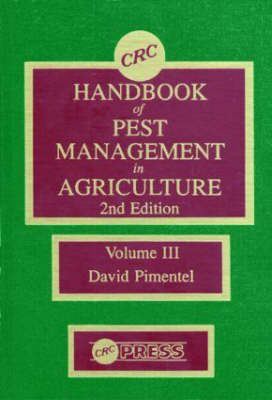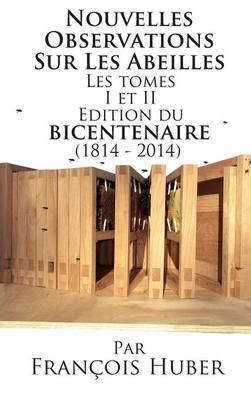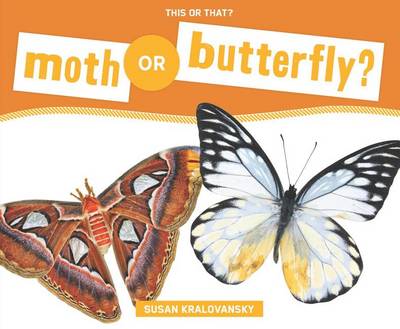Field Guide to Butterflies of the San Francisco Bay and Sacramento Valley Regions (California Natural History Guides, #92)
by Dr Arthur Shapiro
Key Stage 1 work on life processes should be related to pupils' knowledge of animals in the local environment. Children should understand that animals move, feed, grow, use their senses and reproduce; that living things can be grouped according to observable similarities and differences; and that there are different kinds of animals in the local environment. This look at ladybirds is one of a series focusing on familiar minibeasts. It covers size, appearance, birth and reproduction, growth, feed...
Parasitic Wasps of the Subfamily Eupelminae (University Textbooks (Hardcover), #5)
by Gary A. P Gibson
Britain's Day-Flying Moths: A Field Guide to the Day-Flying Moths of Britain and Ireland
by David Newland, Robert Still, and Andy Swash
Identifies and classifies the most important moths including those that are harmful or dangerous.
Atlas of the Drepanosiphine Aphids of the World (Memoirs of the American Entomological Institute)
by F Wolfgang Quednau
Flies of the Nearctic Region Vol. II (Flies of the Nearctic Region Vol. II, #4)
by Charles L. Hogue
This is the first comprehensive, reliable, well-illustrated book covering the enormous diversity of Australian moths, summarising our knowledge of them, and presenting much original work. More than 1,000 of the 10,000 named Australian species are figured in colour of halftone photographs. Also included is an up-to-date nomenclature and a wealth of information on distribution, larval food plants, and the fascinating behaviour of these often colourful insects. Emphasis is given to the living insec...
The Variation Of Animals And Plants Under Domestication V2
by Professor Charles Darwin
Urban Insects and Arachnids: A Handbook of Urban Entomology
by William Robinson
Cockroaches (Creepy Creatures) (Creepy Creatures (Creative Education))
by Valerie Bodden
"A basic introduction to cockroaches, examining where they live, how they grow, what they eat, and the unique traits that help to define them, such as their ability to hold their breath"--Provided by publisher.
I Wonder What it's Like to be an Ant (Life Science Wonder Book)
by Erin M. Hovanec
Insect Neuropeptides (ACS Symposium, #453)
Insect neurochemistry and neurobiology are active and growing areas of neuroscience research. Scientists believe that insect neuropeptides will lead to novel approaches to insect control. This new volume assesses the state of research in insect neuropeptides and identifies promising directions for future work. Its 22 chapters present information on developmental neuropeptides, and biochemistry and molecular biology. Of special interest is a chapter by Max Summers on the expression of foreign pep...
CRC Handbook of Pest Management in Agriculture, Second Edition, Volume III
by David Pimentel, Ph.D.
The second edition of the CRC Handbook of Pest Management in Agriculture examines the interdependency of agricultural pest management strategies. Topics discussed include agricultural losses to pests; chemical and non-chemical control technologies; pesticide resistance; environmental impacts of pesticides; biological pest control; host-plant resistance; crop rotations and other cultural controls; assessments of the relative effectiveness, benefits, and risks of various pest control strategies; a...
Les Nouvelles Observations Sur Les Abeilles Les tomes I et II Edition du bicentenaire (1814 - 2014)
by Francois Huber
Dinosaurs, however toothy, did not rule the earth - and neither do humans. But what were and are the true potentates of our planet? Insects, says Scott Richard Shaw - millions and millions of insects. Starting in the shallow oceans of ancient earth and ending in the far reaches of outer space - where, Shaw proposes, insect-like aliens might have achieved similar preeminence - Planet of the Bugs spins a sweeping account of insects' evolution from humble arthropod ancestors into the bugs we know a...
